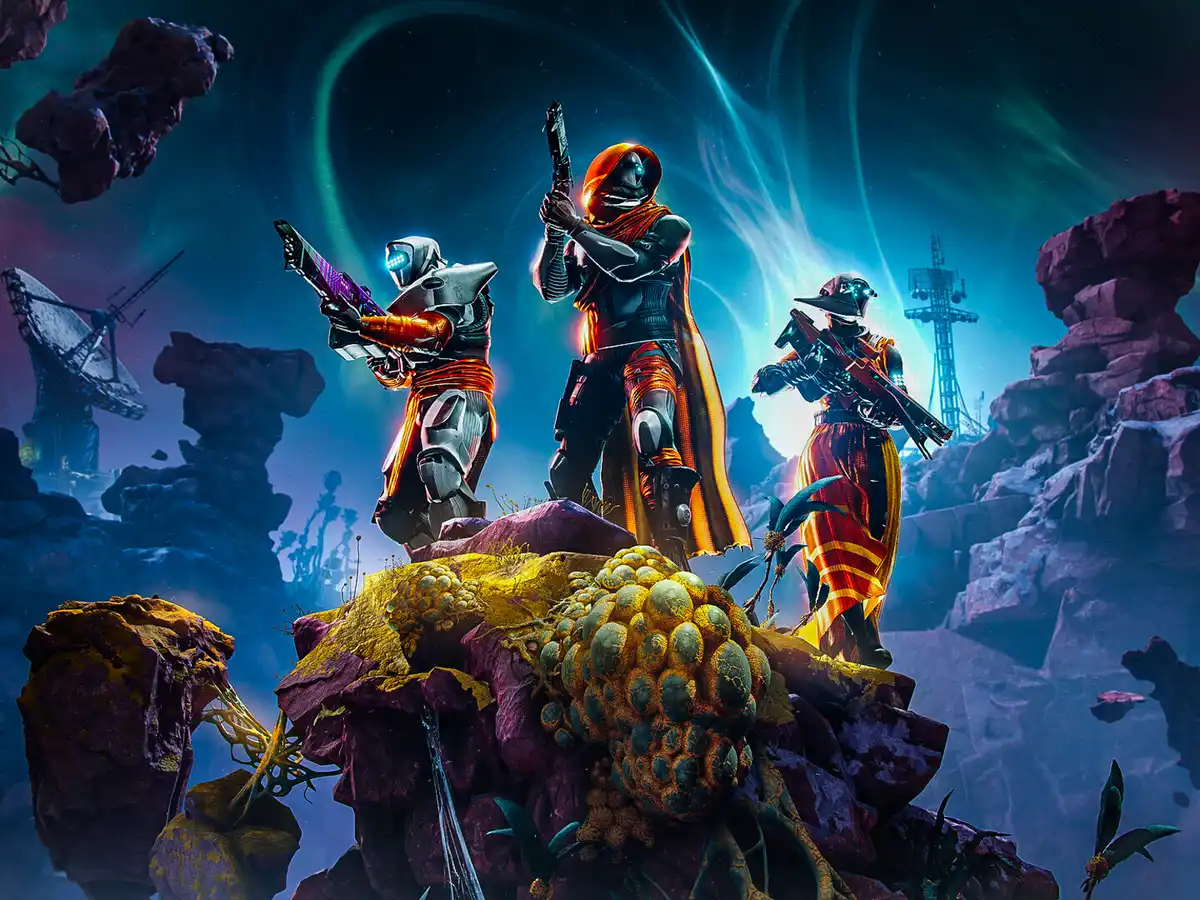Destiny 2 most recent expansion revels in being different right after The Final Shape. Like why does this same shit happen all the time?
A Complicated New Beginning
The Edge of Fate marks a crucial point for Destiny 2, in the wake of the end of from the beginning. Bungie appears lost like the MCU post-Endgame considering they finished telling a story with the last expansion a decade-long tale. This expansion brings some interesting narrative elements and experimental gameplay mechanics to the table, but does not execute it well in some areas.
Those new to the game or who haven’t seen the latest seasonal content are jarred by the opening. The opening hours of gameplay hit you with heavy jargon and characters in new positions. This is an awful introduction to the game that requires a huge understanding of the past. Luckily, it rallies later on, thanks to new character Lodi, and some significant moves from established cast that are shrouded in mystery.

Kepler: A Disappointing New Frontier
Kepler doesn’t exactly bring out the wow factor you might expect from Destiny’s first trip outside the solar system. The new planetoid reuses known assets. This time, we get to see average rocky planet scenery, with yellow growths that aren’t very interesting. The absence of calls from the sparrows in the leaving area, replaced by situational traversing abilities, only makes this place feel more confined.
The new abilities – transforming into a small rolling ball, using a portal gun, manipulating objects in the environment – do make for interesting puzzle elements in missions. Often, these modifications come across as artificial and do not add any value to the game. The puzzles are very simple and the way the abilities get integrated into the combat sequences creates weird interruptions.

Campaign and Combat: Old Habits Die Hard
The complete 14-mission campaign features too much exposition and reused enemies. The game features different villains like the flying corsairs and the swarm-like robot bee. However, players often find themselves fighting the same Fallen and Vex which have been present in the game for years. The side quests are even worse. They generally require you to go to areas you have already explored to scan objects and listen to more dialog in order to gain very little.
While decent enough, the Desert Perpetual raid isn’t quite as good as it could be. The first three encounters aren’t linear, which is something I welcome. The final boss has a different look. Though the mechanics stick mostly to known formulas – standing on platforms, shooting nodes in order, timing coordinated actions with your team. Interestingly, the raid does not feature any of the new abilities introduced with the expansion’s campaign, creating a disconnect between the expansion’s pieces.
Progression Problems and Loot Limitations
Armor set bonuses are a welcome addition to a gear system that has undergone major changes. The tiers of armor are notably clearer than they were in the previous game. But these improvements are ultimately brought down by the small selection of new items (with about 30 weapons and some armor sets) and a harsh grind.
After the campaign ends, things get weird when they start directing you to stuff you did years ago with a made-up difficulty spike. This end-game structure creates a tiring hamster wheel that makes no effort to respect player time investment and might be the worst grind in Destiny.


A Tentative Step Forward
The Edge of Fate is not the worst expansion in Destiny 2, but it definitely feels like a downgrade from The Final Shape. The plot takes a few interesting risks, but its campaign delivery, disappointing new location, and punishing progression system get in the way.
The experimental abilities that are added on Kepler shows that Bungie was aware of their games established gunplay not being enough, even if their execution is off. For loyal Guardians, there’s still fun to be had but this expansion tests the player’s loyalty more than it rewards it.
